Time for another Swiss election
December 8, 2015, No comments
 Another day, another vote: that is nothing unusual in Switzerland. Except this vote happens only once every four years, and it’s one where the public are not involved. Tomorrow both houses of federal parliament will vote to elect the seven members of the Bundesrat, or Federal Council, that governs Switzerland. This isn’t a popularity contest as there are rules about which parties and which candidates can take a seat.
Another day, another vote: that is nothing unusual in Switzerland. Except this vote happens only once every four years, and it’s one where the public are not involved. Tomorrow both houses of federal parliament will vote to elect the seven members of the Bundesrat, or Federal Council, that governs Switzerland. This isn’t a popularity contest as there are rules about which parties and which candidates can take a seat.
But sometimes the rules are broken.
The Bundesrat election is when real politics shows its face in Switzerland, with all the infighting, backstabbing, and double-dealing that goes with it. All live on television. Two recent elections (2003 and 2007) produced huge surprises and this one could do as well, not least following the right-wing victory October’s elections.
It’s one of the most interesting times to have a look at Swiss politics in action, and I’ll be watching – and tweeting so that you can follow the drama.
The rules
- The Bundesrat is elected by all 246 members of parliament in a secret ballot.
- The seven seats are filled in order of seniority, based on when the sitting member was first elected. Vacant seats are filled last of all. That means Doris Leuthard will face re-election first and Eveline Widmer Schlumpf’s successor will be the last.
- A candidate needs a simple majority of all valid votes cast to win a seat. If no-one wins a majority in the first round, voting continues until one candidate wins. This can take four or five rounds of votes.
- New candidates can stand in the second round, but after that only candidates who receive more than ten votes can remain. After each round, the bottom candidate is eliminated until only two remain.
- Any Swiss citizen (who is entitled to vote) can be elected even if they’re not an official party candidate or have put their name forward. Names can be written in by the electors, as happened in 2007.
- Winning candidates have to declare if they will accept the seat.
The background
The Bundesrat election was traditionally based on a system that shared the seats between the four largest parties – known as the magic formula – 2 seats for each of the three biggest parties (SVP, SP and FDP) and 1 for the smallest of the four, the CVP. Then 2007 happened. In theory, the formula was still followed because it was an SVP politician who was elected. The trouble was it wasn’t the official SVP candidate – Bundesrat Christoph Blocher – but the Finance Director of Canton Graubünden, Eveline Widmer-Schlumpf.
The SVP kicked Eveline out and the BDP was born, so creating a party too small to be in government but the largest party only having one seat. That anomaly continued after the 2011 election but this time round things will be different. After a disastrous election result for the BDP, Frau Widmer Schlumpf resigned as Finance Minister rather than run the risk of being voted out by parliament.
The outcome
The SVP was the clear election winner, with 70 seats in both houses of parliament. So it’s more than likely that it will finally re-gain its second seat in the Bundesrat, and has put forward three official candidates.
But a winning candidate must have a majority within parliament, which means passing the 124 winning post (assuming all MPs vote). Even with the support of the other right-wing party – the FDP with 46 seats – the SVP cannot win. It takes the votes of at least three parties to ensure a result. So what will happen?
The easy bit is that existing six members in the Bundesrat will most likely be re-elected; the exciting bit will be the final vote for the vacant seat. One of the official SVP candidates could win but there could also be a surprise choice, as happened in 2007.
It all begins at 8am (Swiss time or CET) tomorrow. If you can’t be there, then follow my live Twitter feed of the drama as it happens.


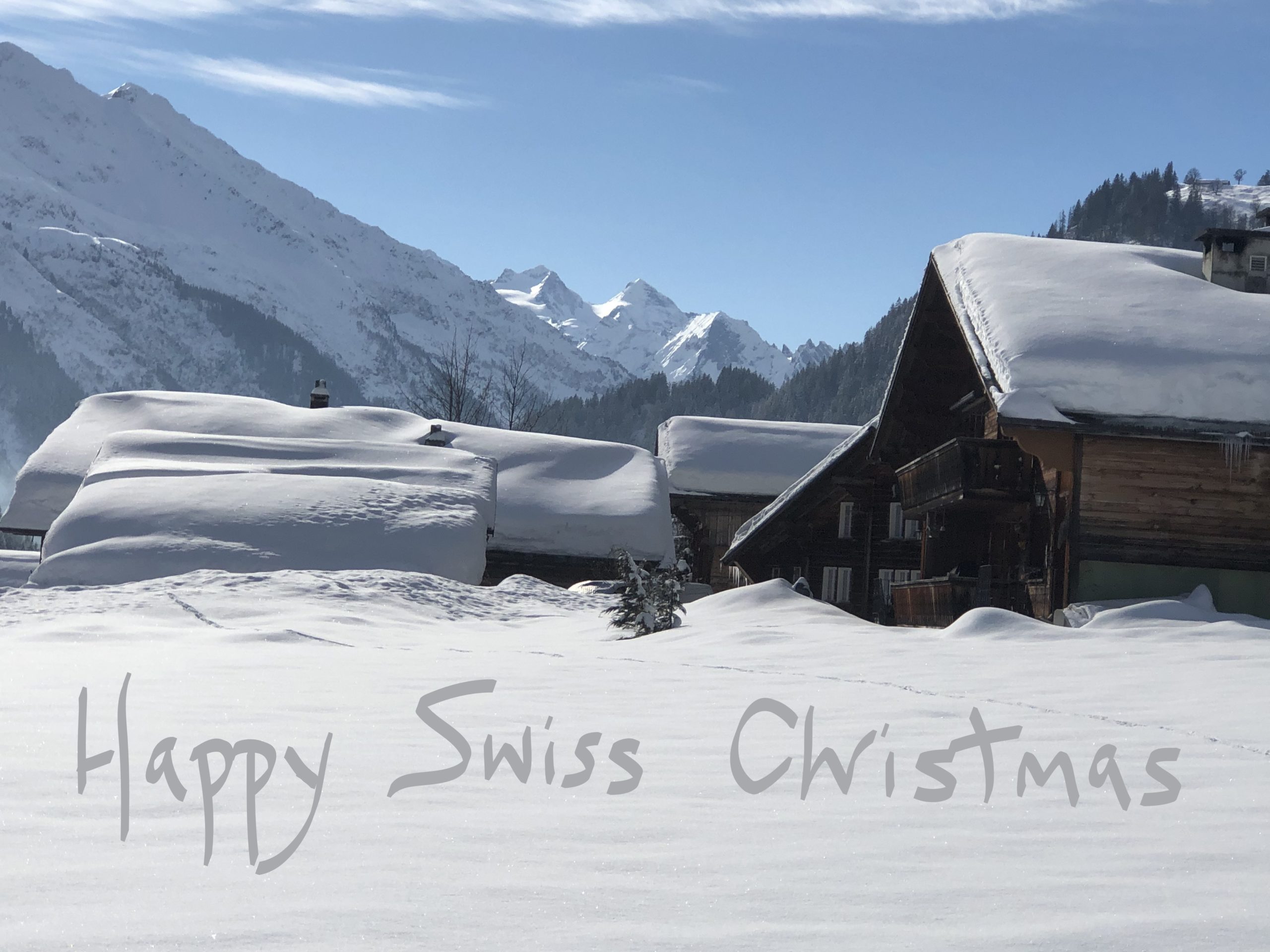
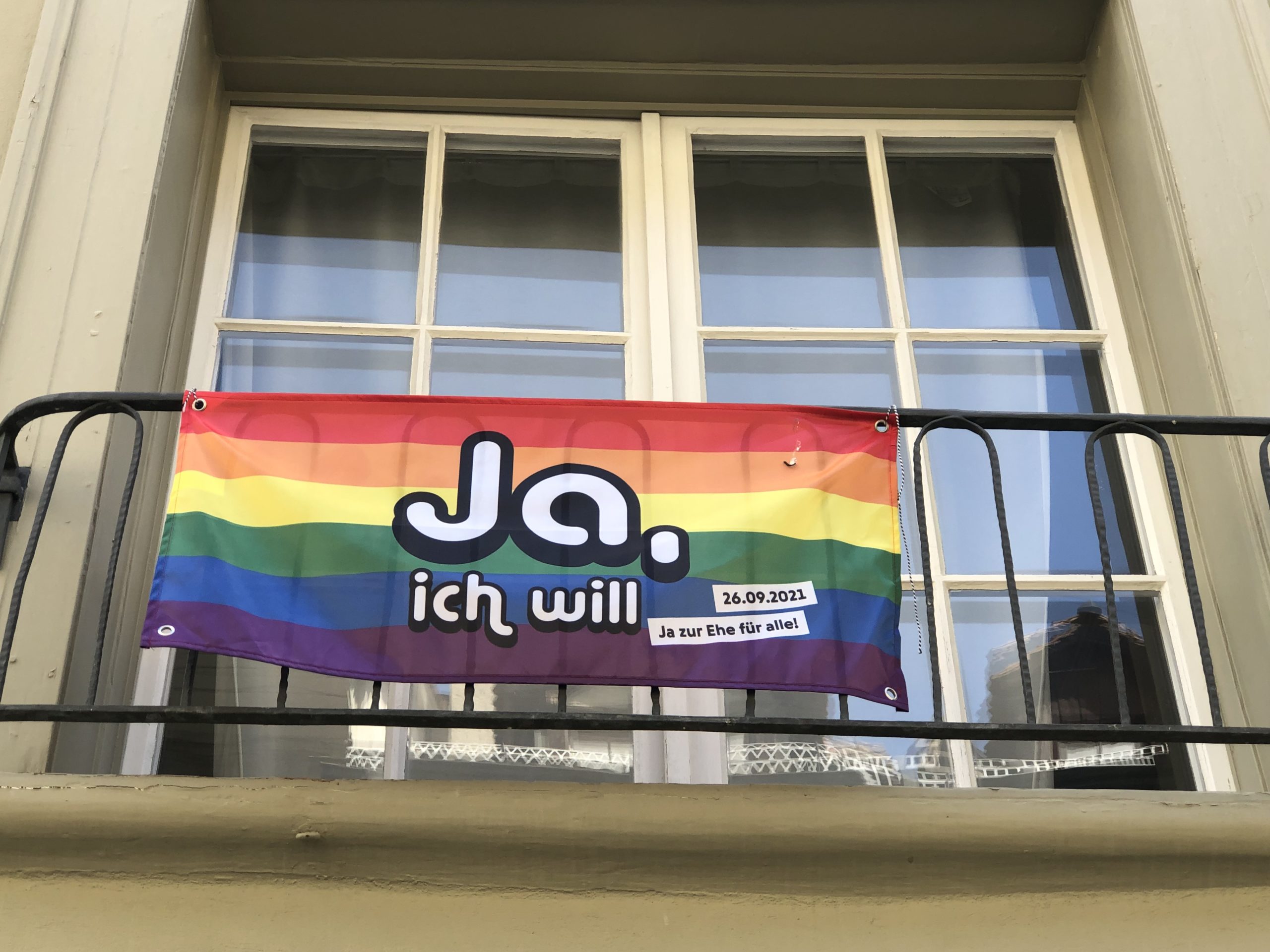
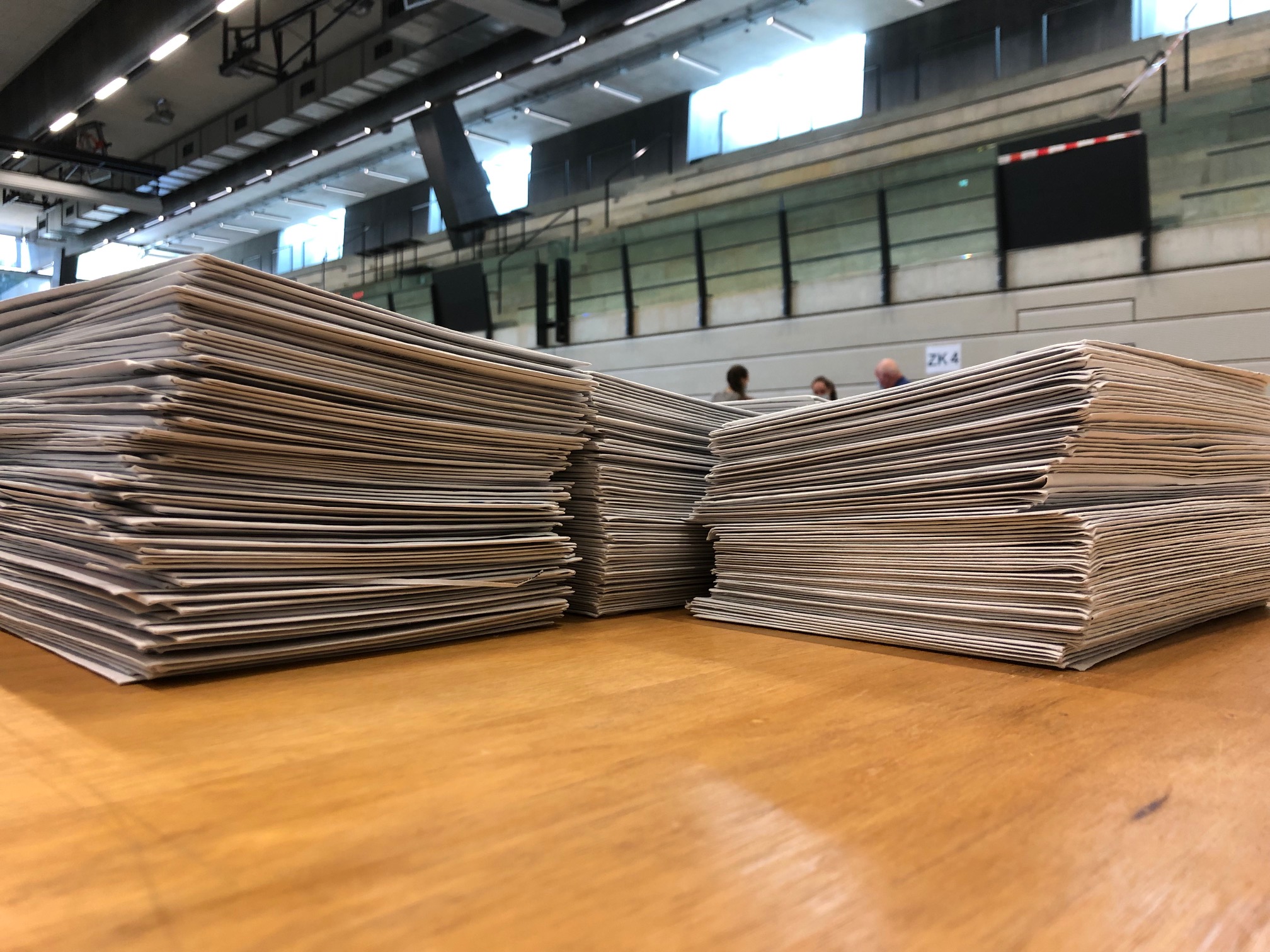
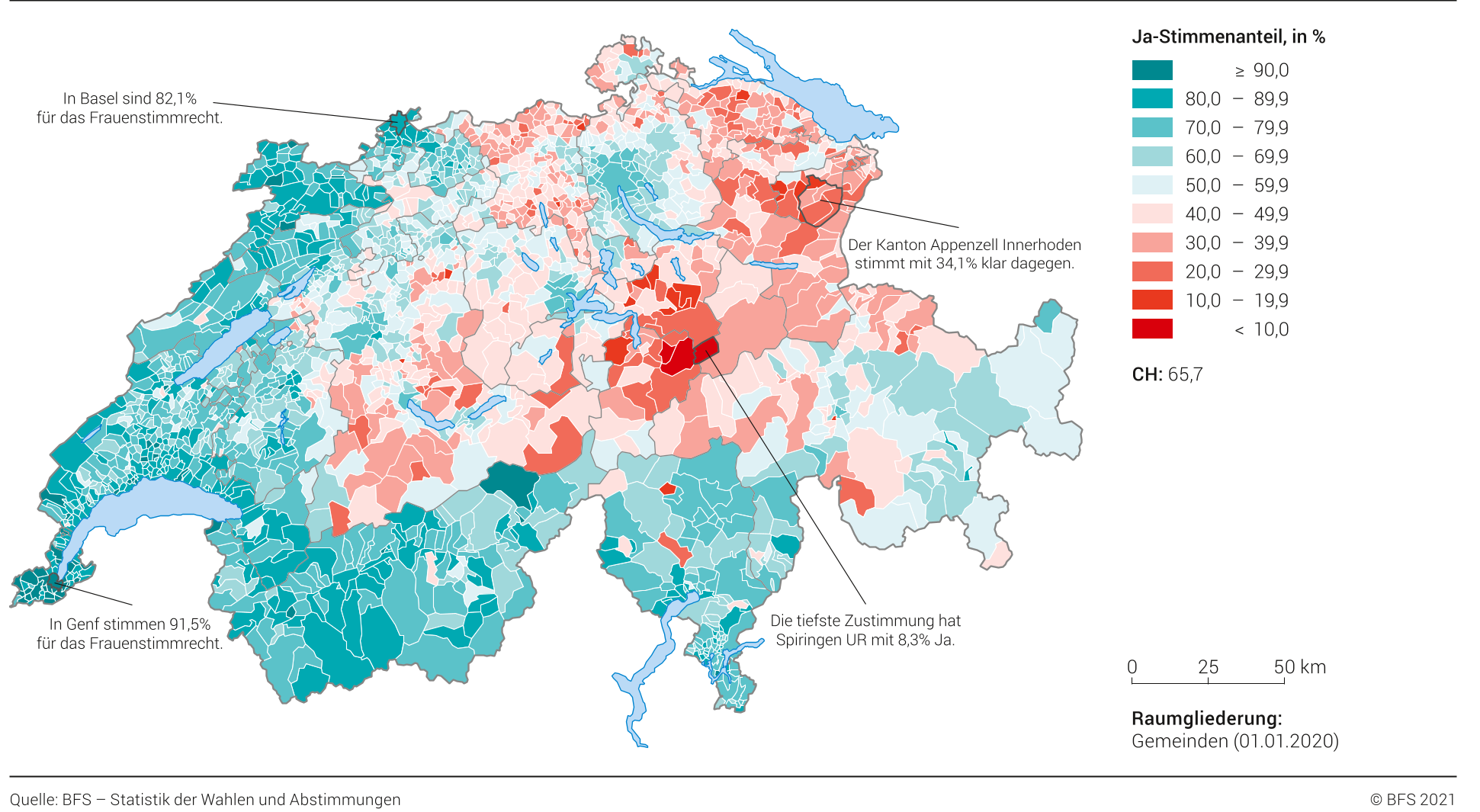

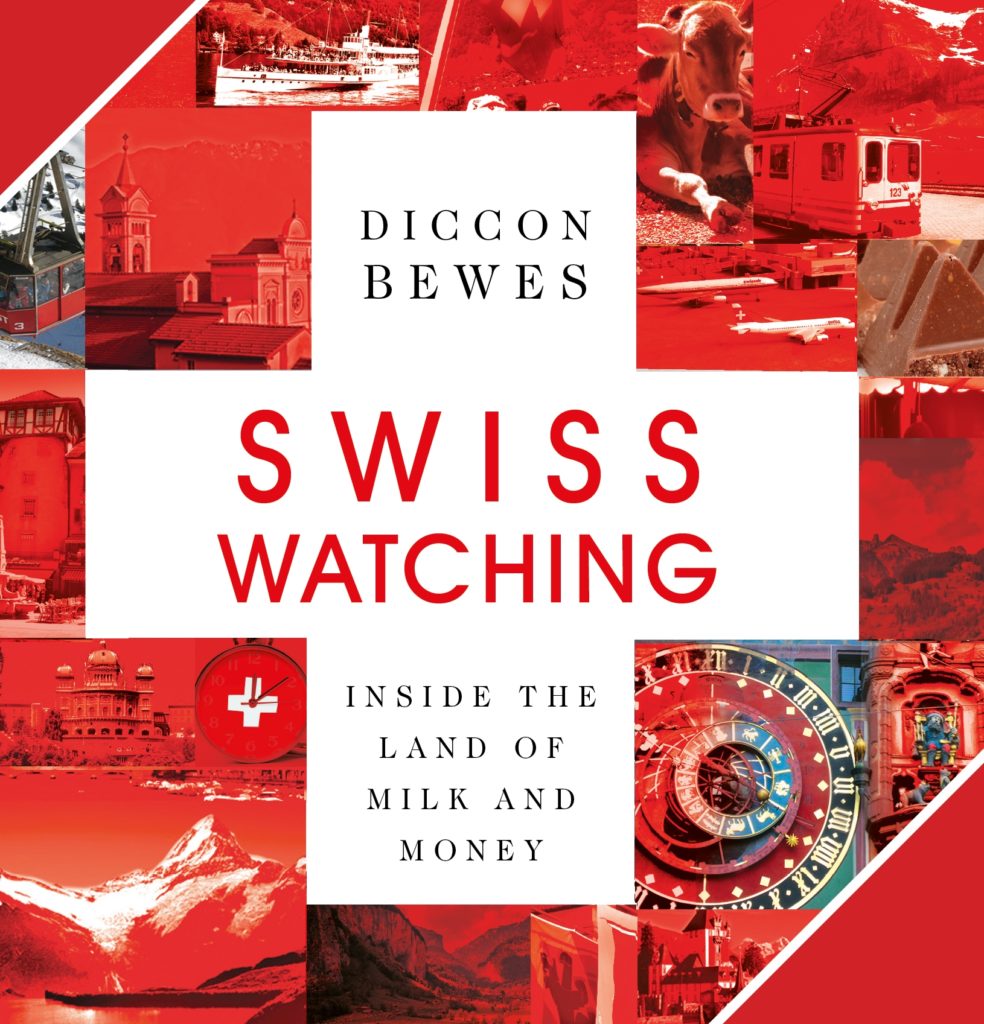


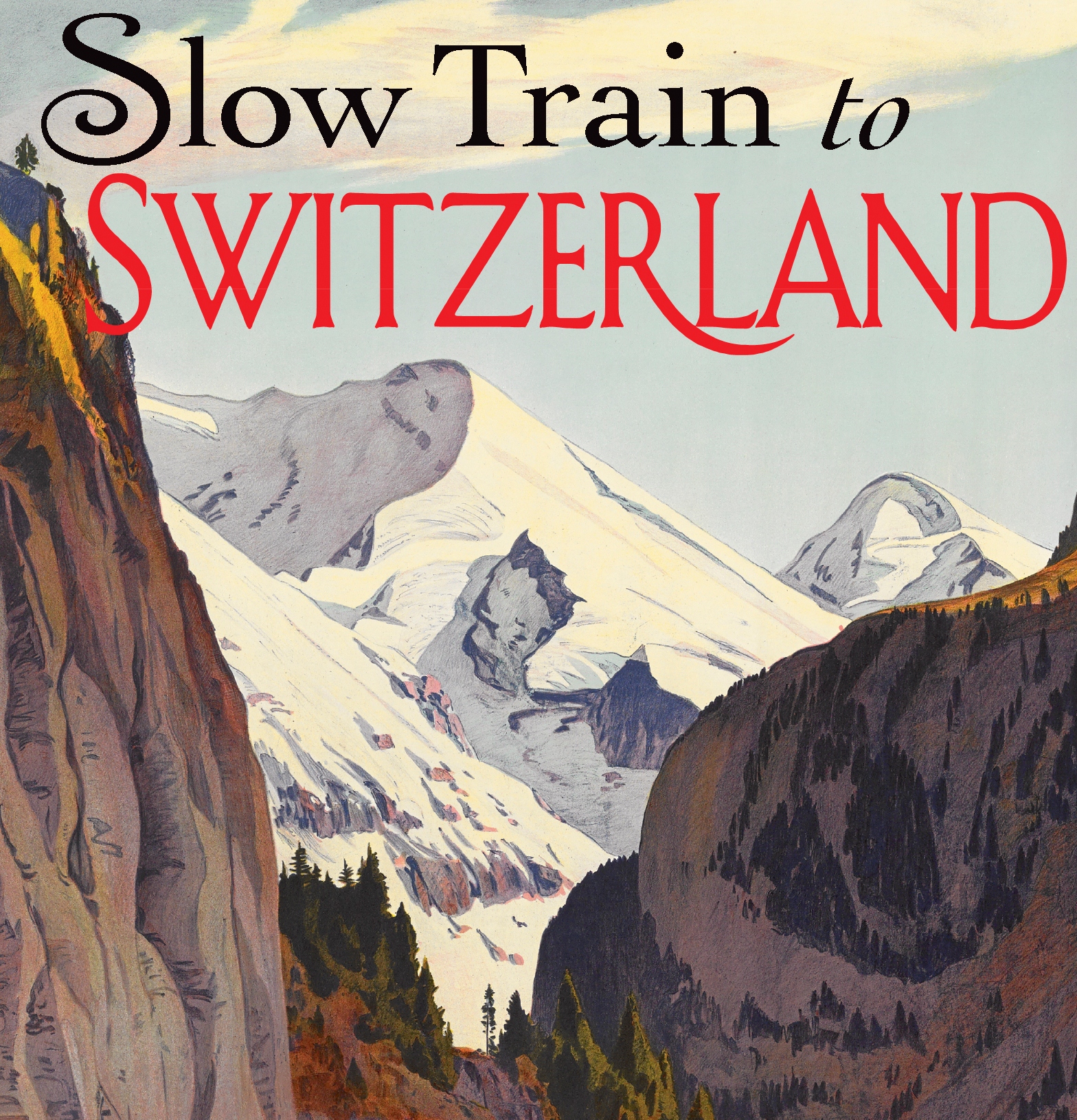
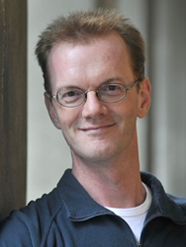
 Follow on Facebook
Follow on Facebook Follow on Twitter
Follow on Twitter Subscribe by RSS
Subscribe by RSS Contact me directly
Contact me directly Global Solutions Inc.
Global Solutions Inc.